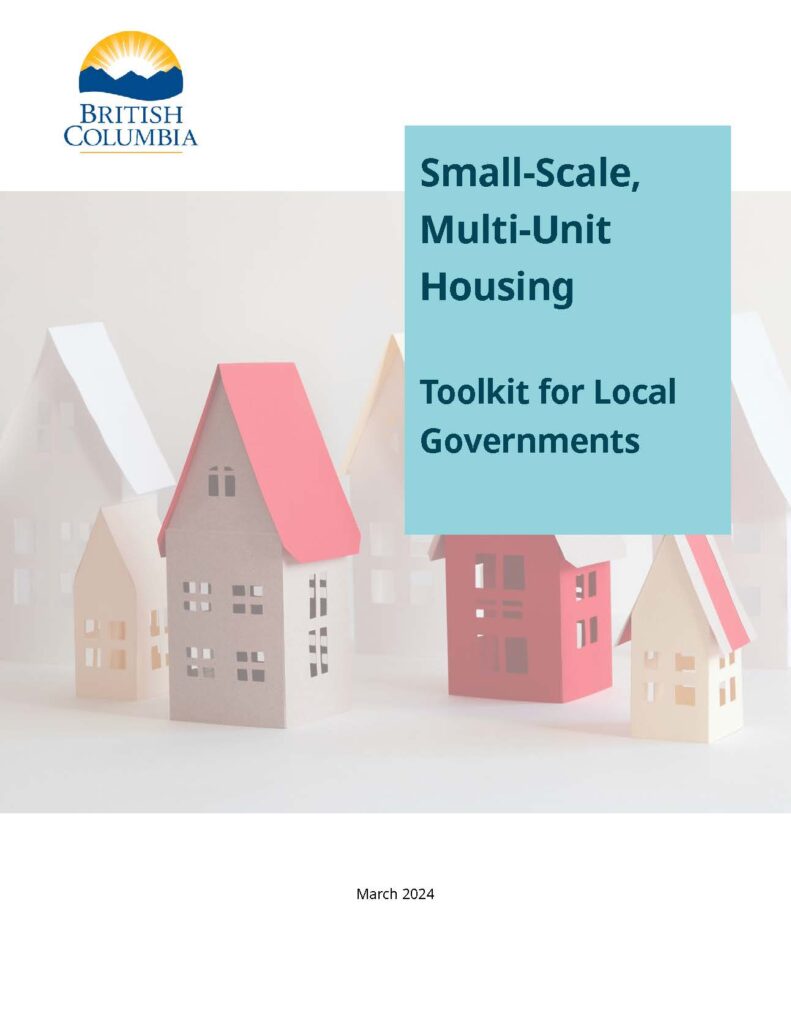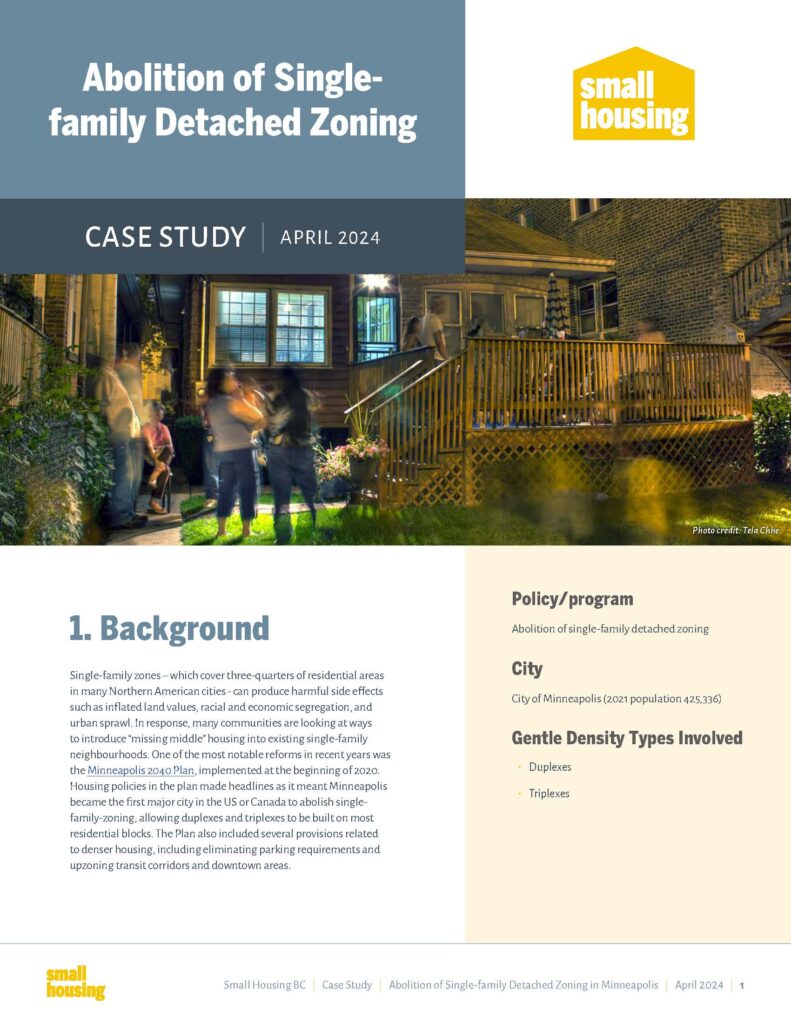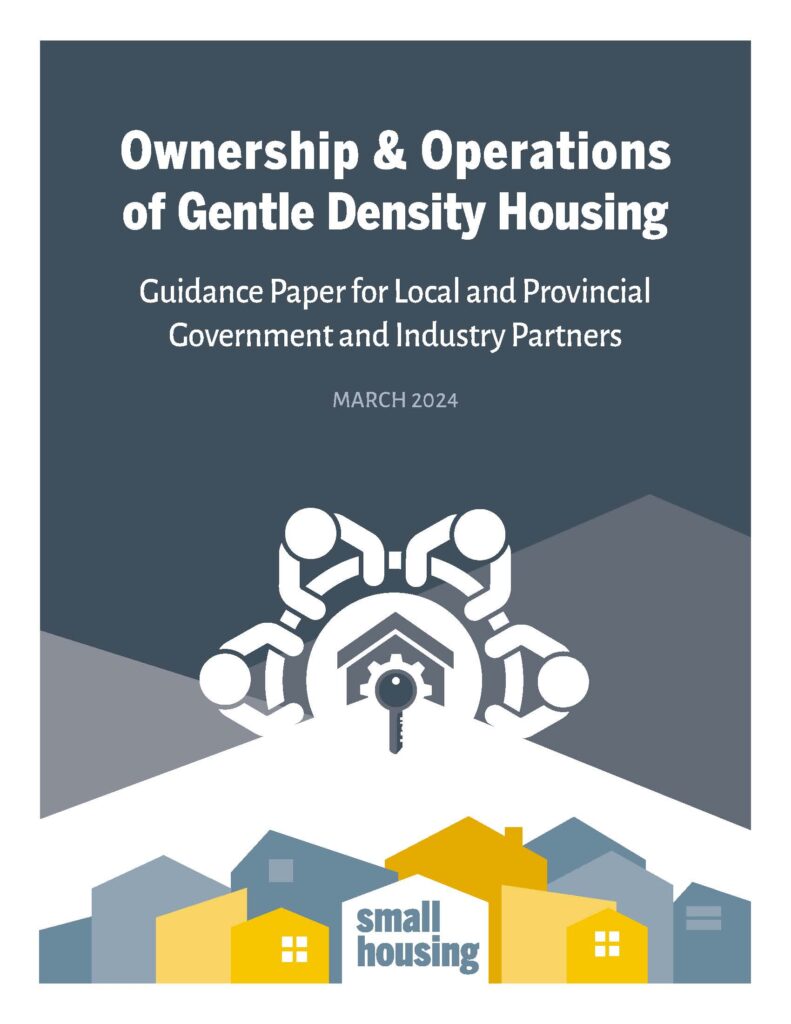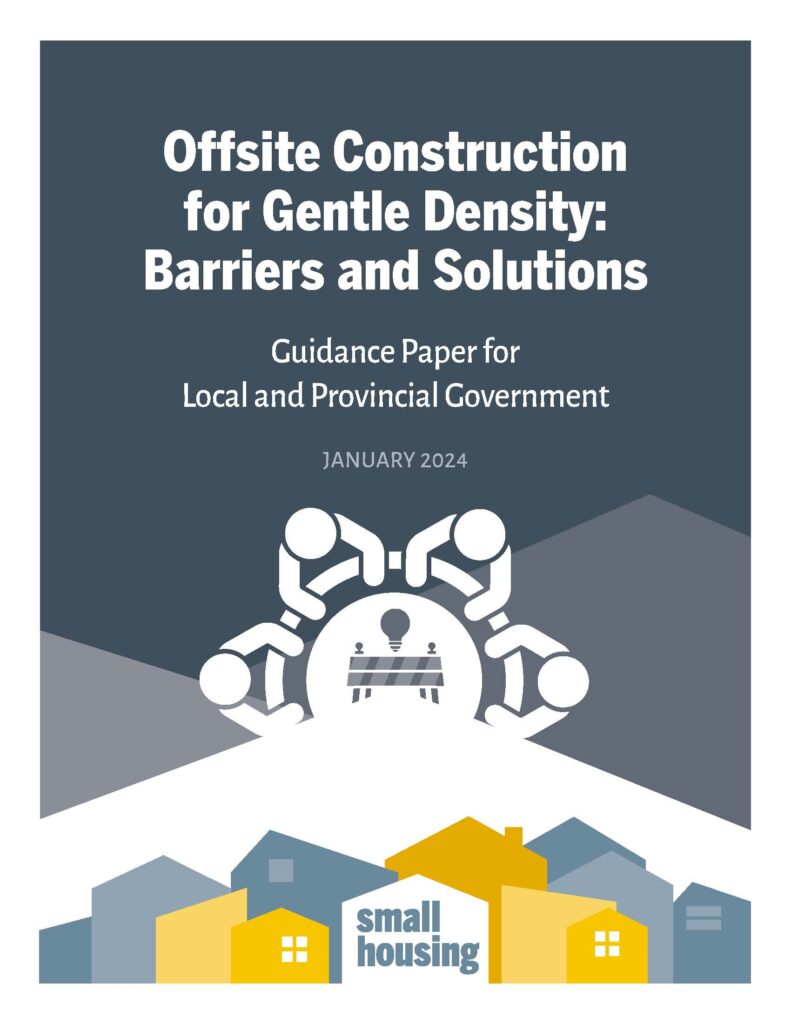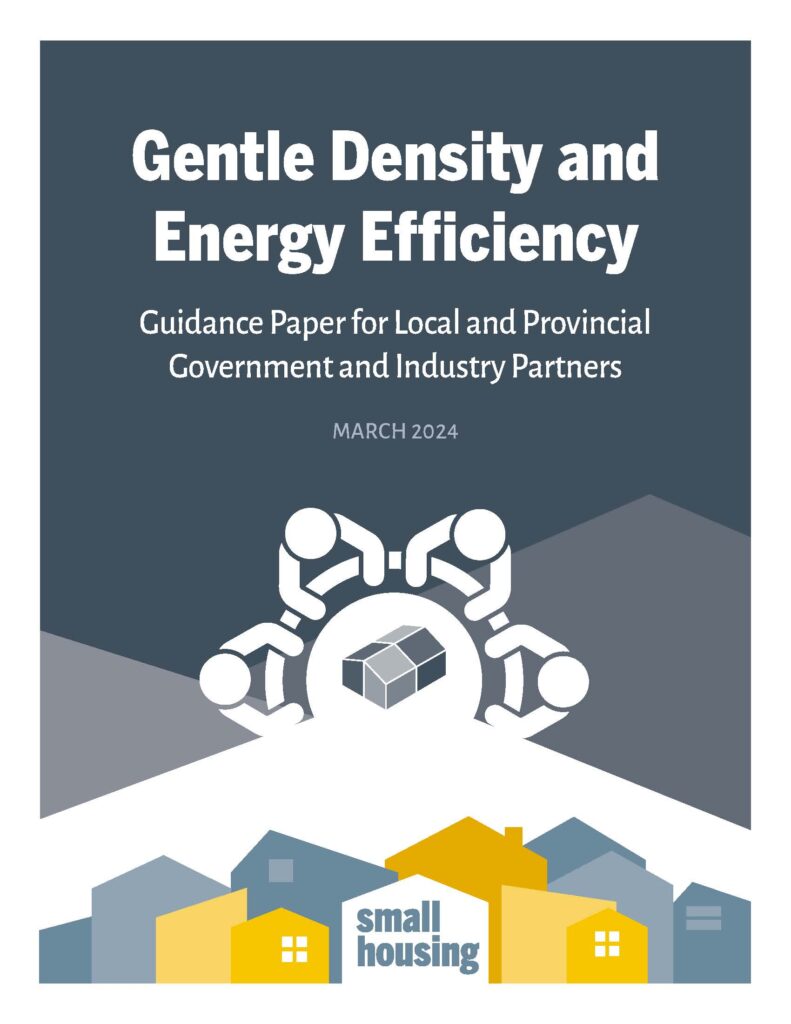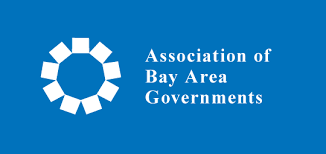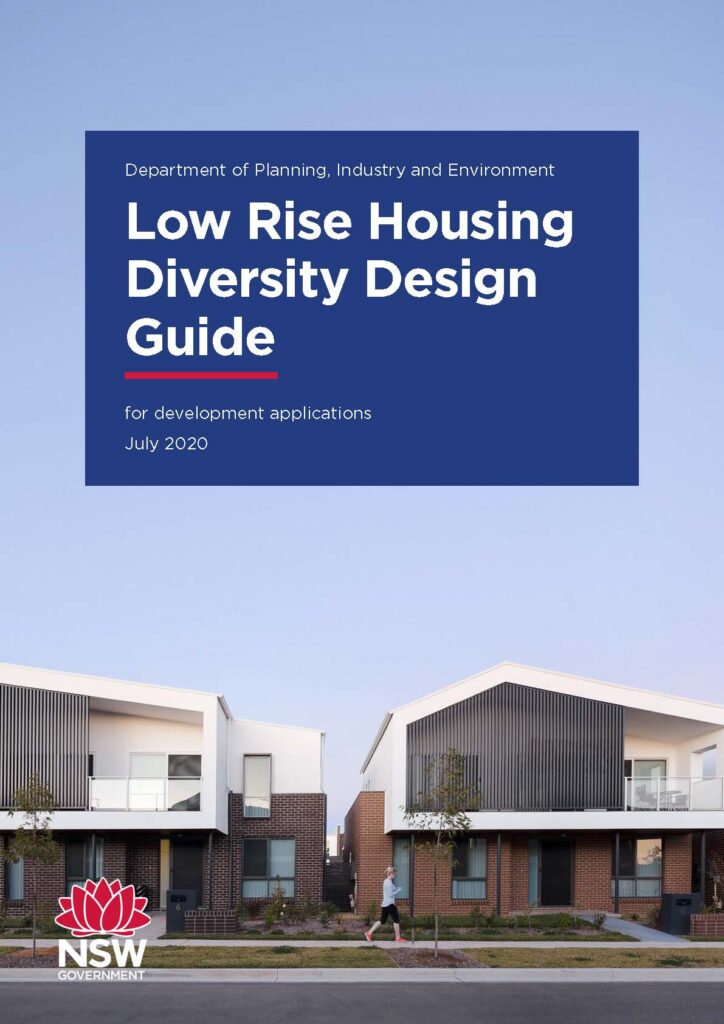
Discover organizations from across Canada, and the rest of the world, who are contributing towards the gentle density movement and the delivery of homes that people want, need & deserve.
Name: ReHousing
About: ReHousing is a research initiative that explores how to convert single-family homes into multi-unit housing, using affordable, common-sense design to yield high-quality, well-designed space.
ReHousing is a collaboration between the University of Toronto, Tuf Lab and LGA Architectural Partners. This partnership brings together structured design research methods with practice-based knowledge to address real-world problems.
For more information: https://rehousing.ca/

